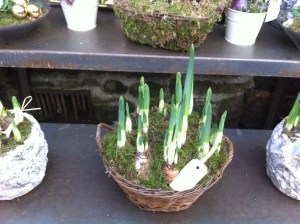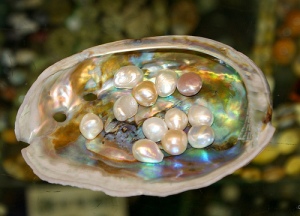Happy New Year!
It’s great to be reading all my favourite blogging writers reflecting on 2010 and plans for 2011. It’s an exciting time for planning to be productive in whatever priority areas are critical for you. I thought I’d share some gems on planning and productivity that might be of interest for setting your agenda for 2011. They will certainly be part of my own personal planning.
Chris Guillebeau is something of a guru of personal planning. With a successful track record of setting and reviewing yearly goals, Chris shares his processes and goals with his readers generously. Chris has recently been working on his annual review of 2010 to inform planning for 2011. It starts with two simple questions:
What went well in 2010?
What did not go well in 2010?
From there, Chris reflects on 2010 and builds his plan for 2011, including setting the metrics for checking the achievement of his goals. I love his process and have found it personally rewarding over the last two years. Here are a couple of links to Chris’s recent writing on his annual review process:
2010 Annual Review – The Beginning
2010 Annual Review – Looking Forward
All of Chris’s recent posts on his annual review process are excellent and I will be revisiting them in full soon when I sit down to do my own reflection and planning process for 2011.
Charlie Gilkey has some excellent planning tools also at Productive Flourishing on his Free Planners page. There are all kinds of planning tools: ones for planning blog posts and daily, weekly and monthly action planners. There are also tools for identifying your most productive times. I will be looking to apply these in 2011. Highly recommended and again, shared generously which is appreciated.
In the writing field, Sage Cohen’s new book The Productive Writer provides strategies and systems for writers looking to maximise their time with all types of writing. Sage’s background crosses a broad range of writing areas including being a writer of strategic marketing content as well as a successful published poet. She is also a skilled and sensitive teacher; I have been an avid and appreciative student of her ‘Poetry for the People’ online courses. She is the author of one of my favourite books on writing, ‘Writing the Life Poetic: an Invitation to Read and Write Poetry’.
I’ll write a fuller review of ‘The Productive Writer’ soon and Sage will also visit here soon for a guest post, so stay tuned. Sage’s writing is always clear, heartfelt and grounded in practicality and this book will be of great value to writers in getting organised and maximising their creative time. Sage’s new Path of Possibility site offers advice and resources for productivity in writing and in life.
What tips do you have for planning and productivity for 2011?
![]()







